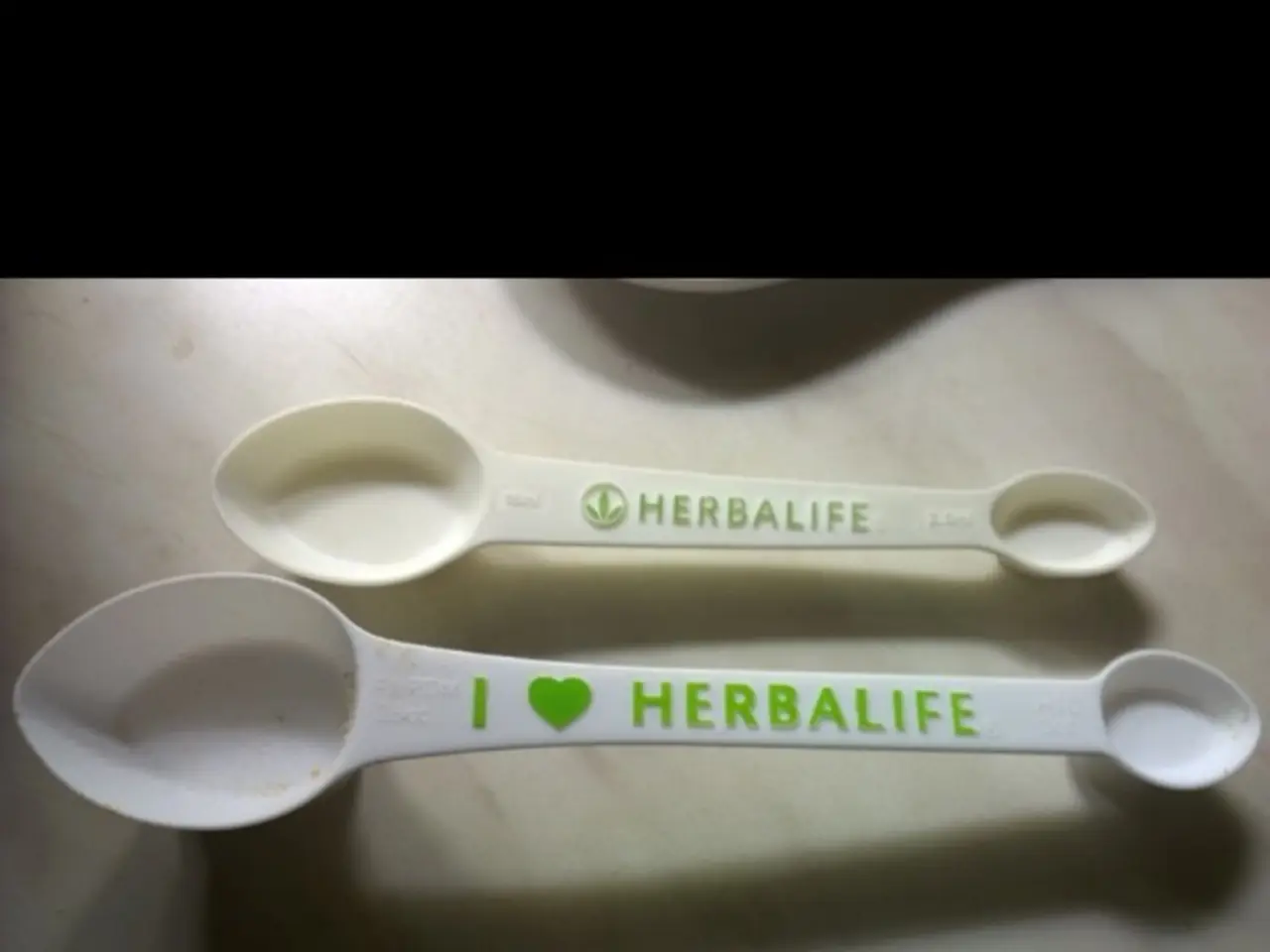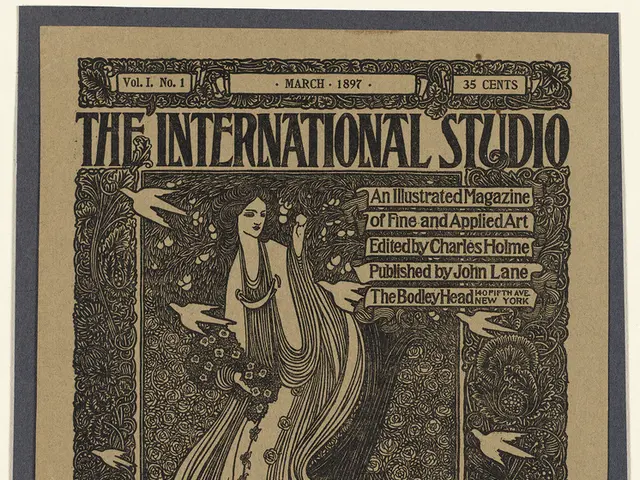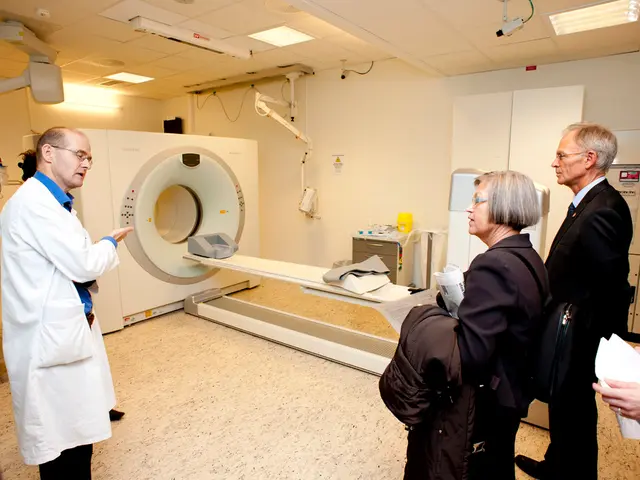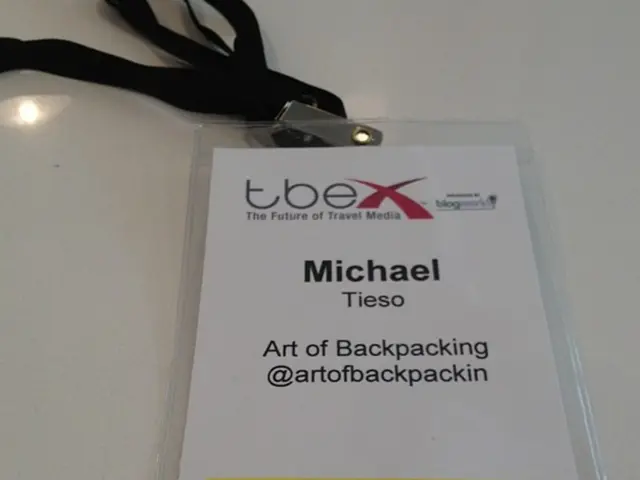Ancient Medicine in the Middle Ages and Renaissance: Procedures and Advancements
During the Middle Ages and Renaissance, medicine underwent profound transformations, shaped significantly by the contributions of Islamic scholars, monks, and early universities. This period saw a blend of preservation, innovation, and experimentation that laid the foundation for modern medical science.
During the Islamic Golden Age (8th to 14th centuries), Muslim physicians and scholars preserved and expanded upon the medical knowledge of the Greeks and Romans. Key figures like Avicenna (Ibn Sina) and Abulcasis introduced advanced surgical techniques, such as pig-bristle sutures and a balanced use of sutures and cautery, respectively. Their innovations were recorded and disseminated through translated Arabic texts, which later greatly influenced European medicine during the Renaissance.
In medieval Europe, monasteries served as the primary centres for medical care and the preservation of medical knowledge. Monks copied manuscripts, cultivated medicinal herbs, and provided herbal treatments. However, practical medical knowledge was limited, with physicians often delegating operations to less formally trained surgeons or barbers.
Early universities, especially in Europe, were pivotal in formalising medical education. From the 13th century onward, universities such as the University of Naples Federico II allowed physicians to receive extended training (7 to 10 years). Although initially dominated by religious authority and classical theories like the Four Humours, universities began to foster a more systematic study of anatomy and physiology during the Renaissance.
The Renaissance (14th to 17th centuries) marked a significant shift as scholars revisited classical knowledge with a critical, experimental approach. Advances in anatomy were propelled by scholars like Andreas Vesalius, whose 1543 work, *De humani corporis fabrica*, published the first realistic and detailed anatomical diagrams based on human dissections. The scientific method began to spread, leading to better understanding of bodily functions, culminating in discoveries like William Harvey’s 1628 elucidation of the circulatory system.
Medical research during this period combined the inherited wisdom of Islamic scholars and classical texts with direct anatomical study and observation. Universities became centres where this expanding knowledge was taught and disseminated, moving gradually toward the empirical methods that dominate modern medicine today.
Some key advancements during this period include the establishment of hospitals separate from religious institutions, improved surgical techniques by Ambroise Paré, and the development of vaccination by Edward Jenner. The Renaissance also saw the beginning of public health services and education, with figures like Girolamo Fracastoro suggesting that epidemics may come from pathogens outside the body and proposing the term "fomites" for items that could harbor pathogens.
In summary, the synergy between medieval preservation, Islamic innovation, monastic care, and Renaissance scientific inquiry fundamentally transformed medicine from a largely theoretical practice into an observational and experimental science. This transformation paved the way for the medical advancements we see today.
- Islamic scholars during the Golden Age, such as Avicenna and Abulcasis, made significant contributions to medical science by preserving and expanding upon the knowledge of the Greeks and Romans, introducing innovative surgical techniques like pig-bristle sutures.
- In medieval Europe, monasteries played a crucial role in preserving medical knowledge, with monks copying manuscripts, cultivating medicinal herbs, and providing herbal treatments.
- Early universities, like the University of Naples Federico II, played a pivotal role in formalizing medical education, allowing physicians to receive extensive training and fostering a more systematic study of anatomy and physiology.
- The Renaissance period witnessed a shift towards a more experimental approach in medical research, with scholars like Andreas Vesalius and William Harvey making crucial discoveries in anatomy and physiology, such as the first realistic anatomical diagrams and the elucidation of the circulatory system.
- Key advancements during this period included the establishment of hospitals separate from religious institutions, improved surgical techniques by Ambroise Paré, the development of vaccination by Edward Jenner, and the beginning of public health services and education, with figures proposing the idea that epidemics may come from pathogens outside the body.




